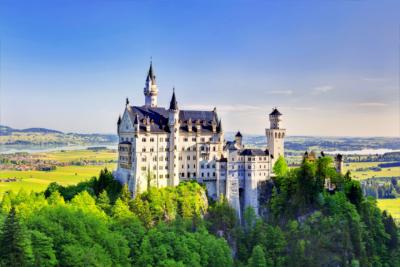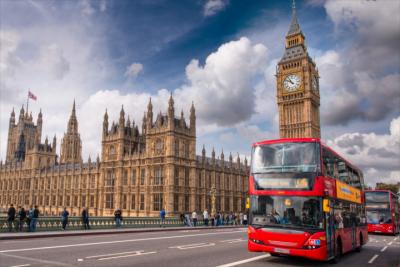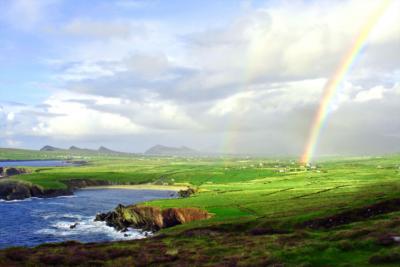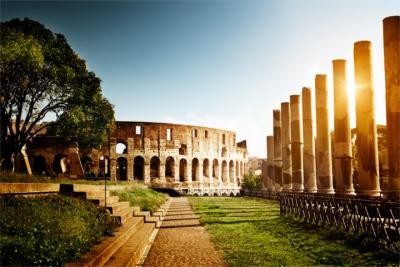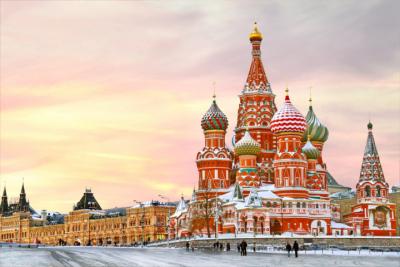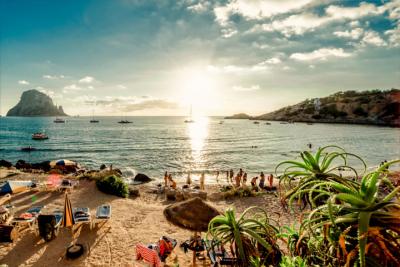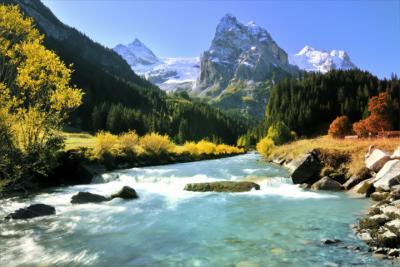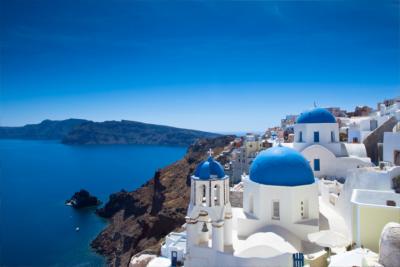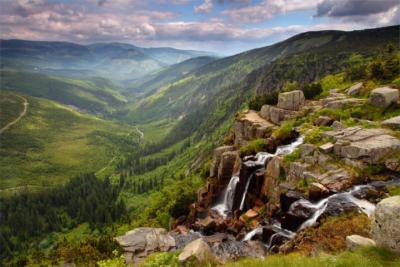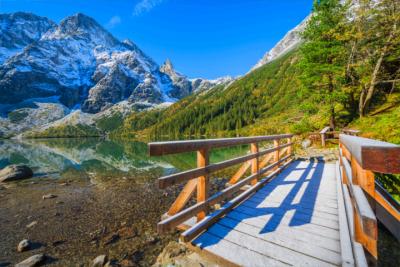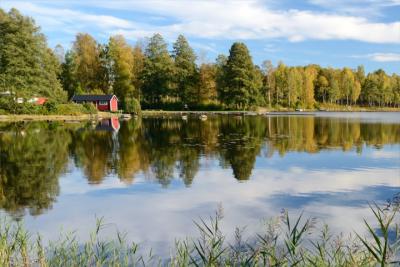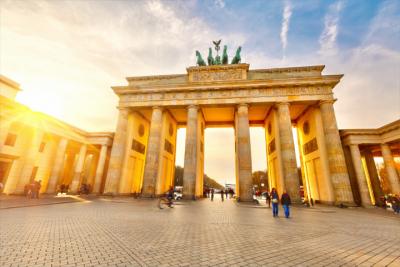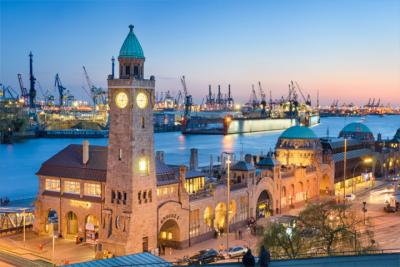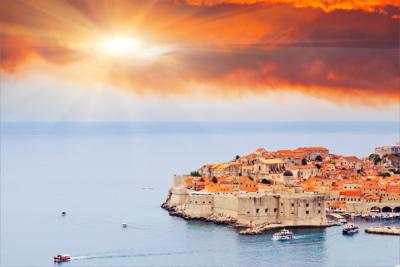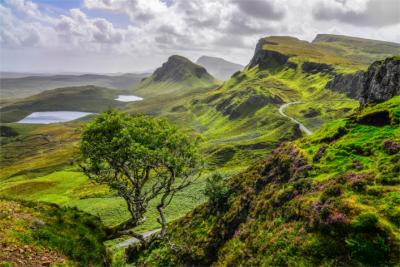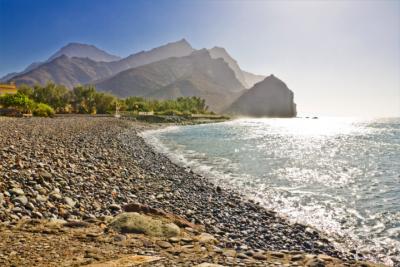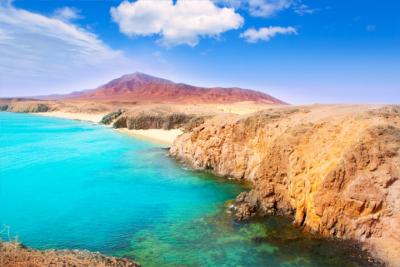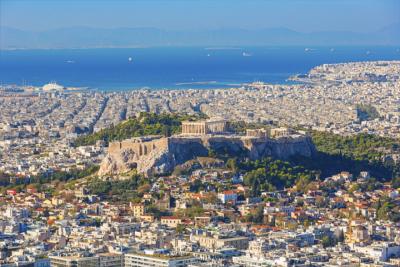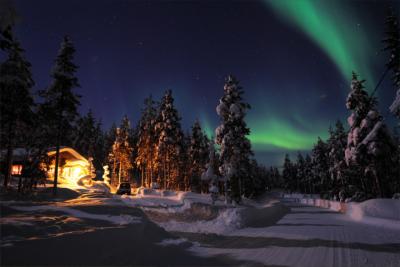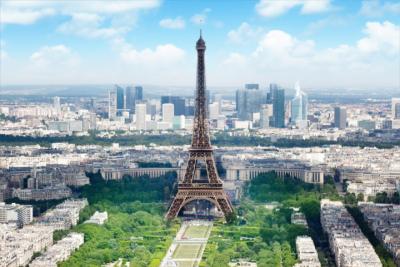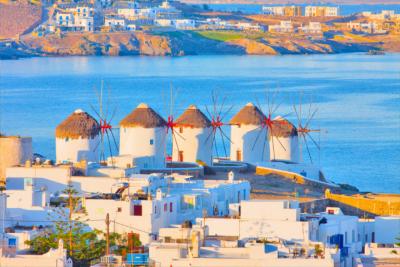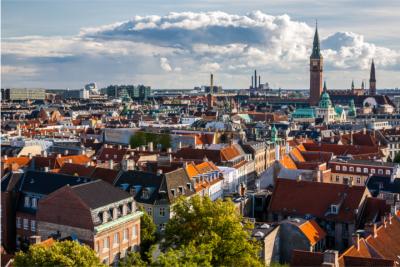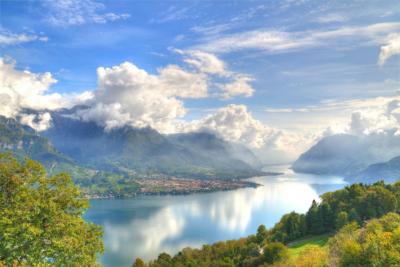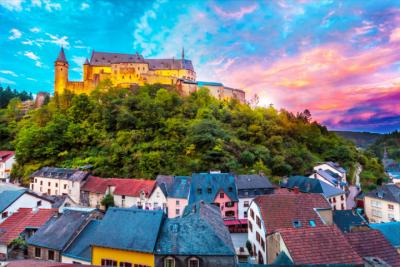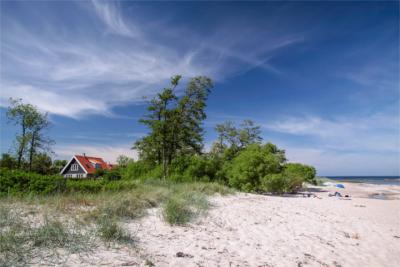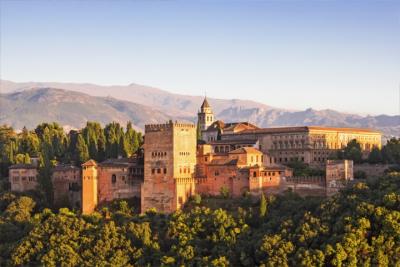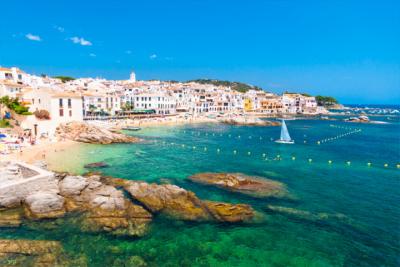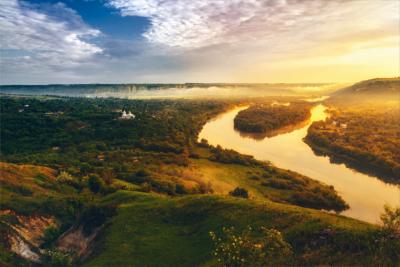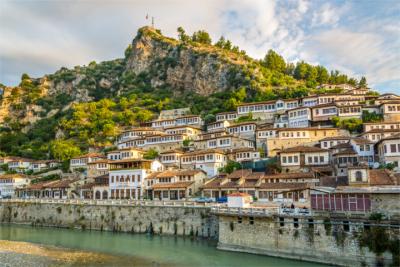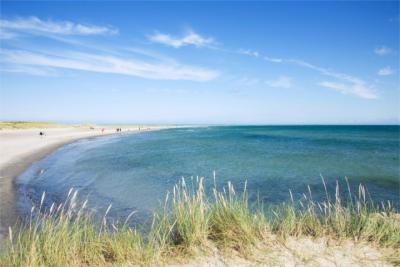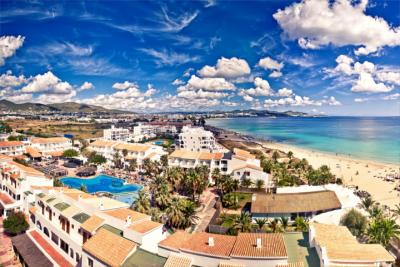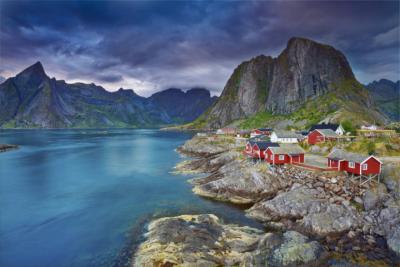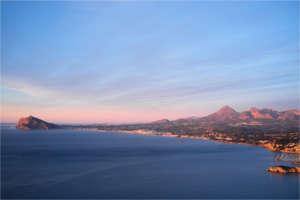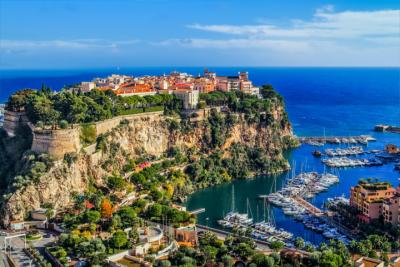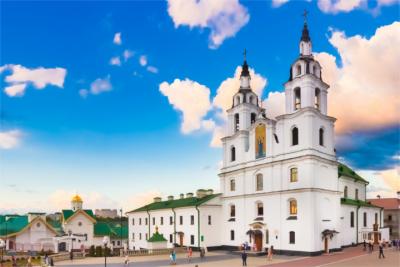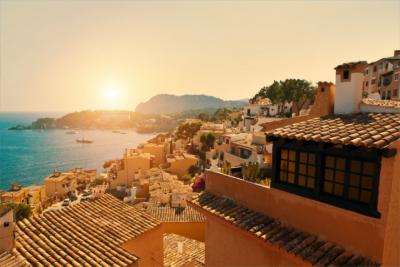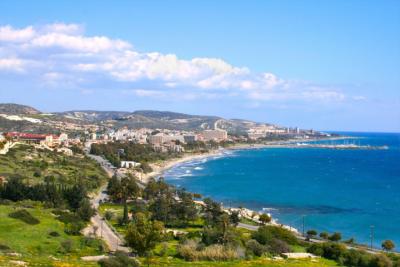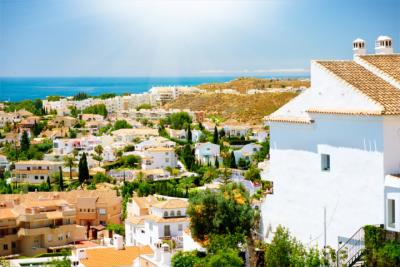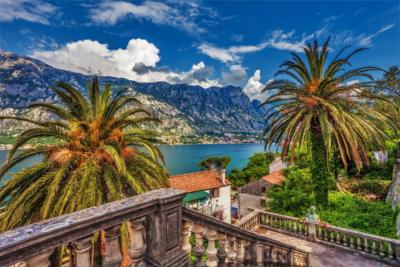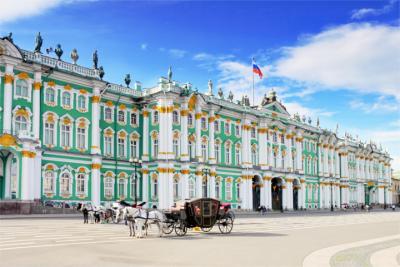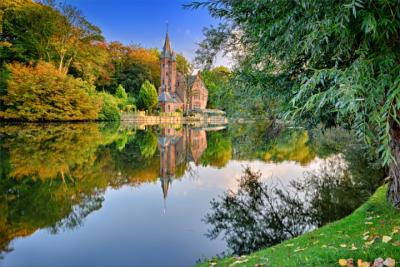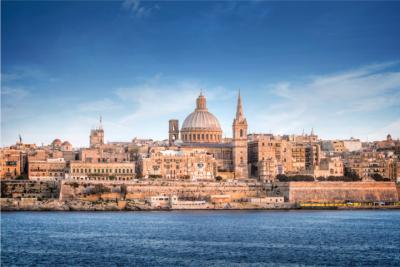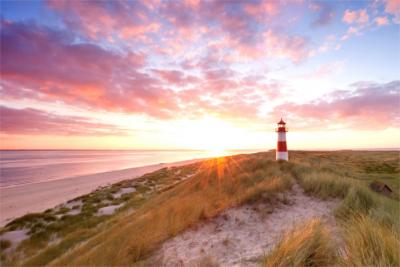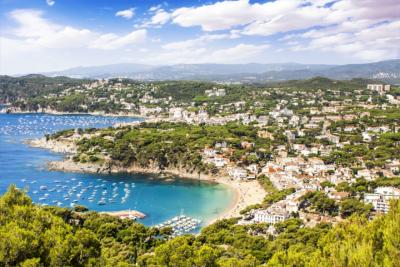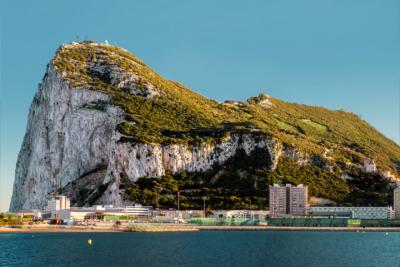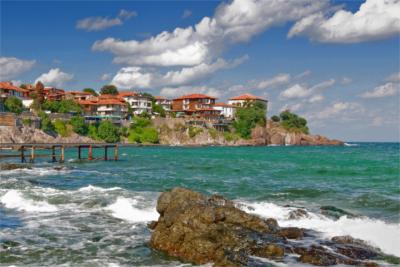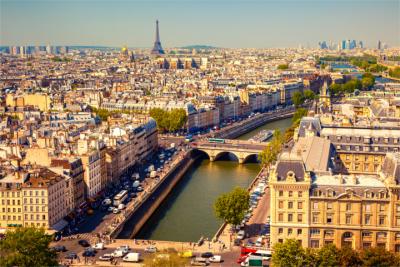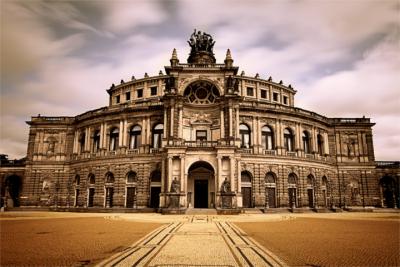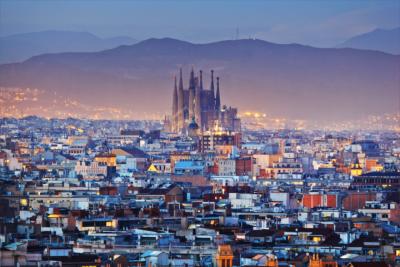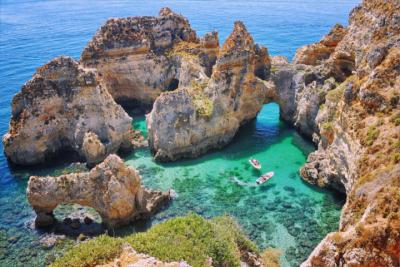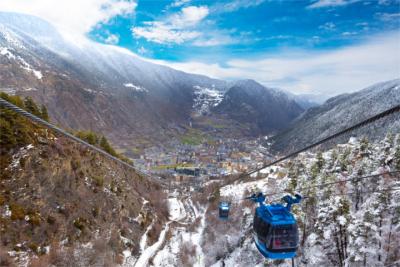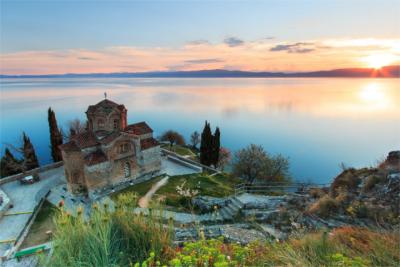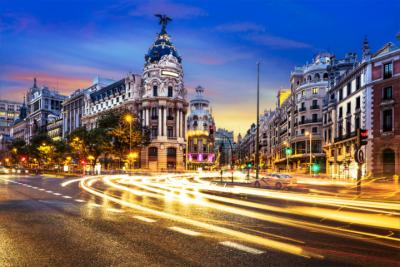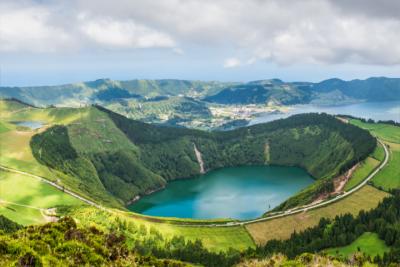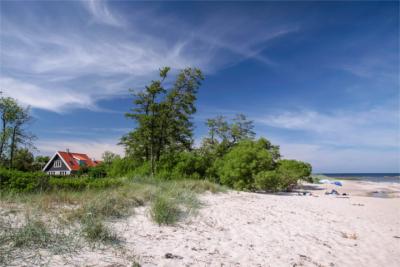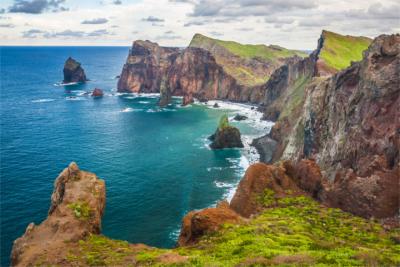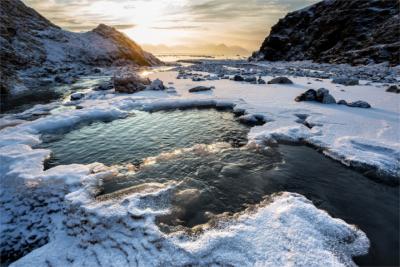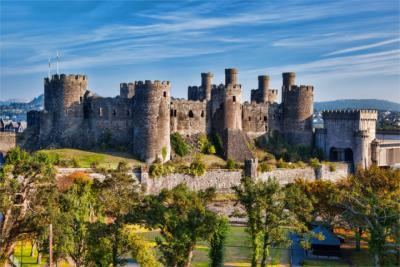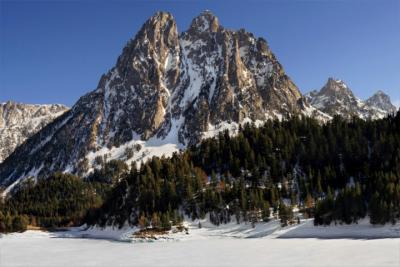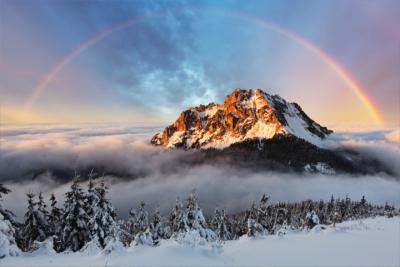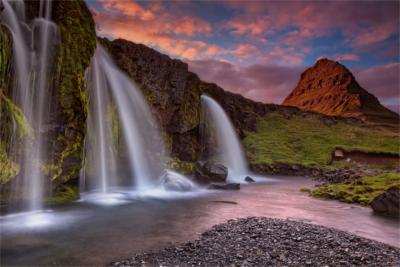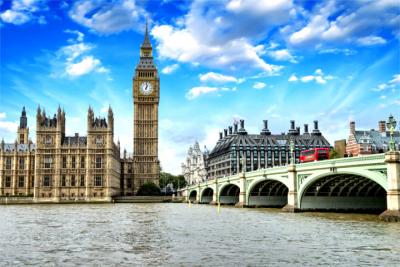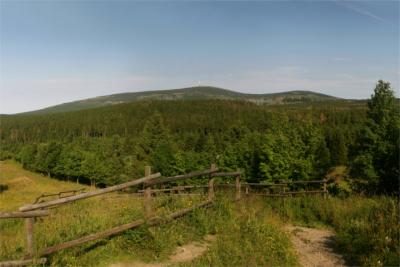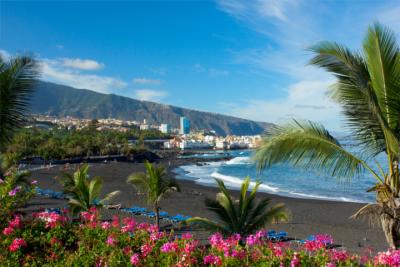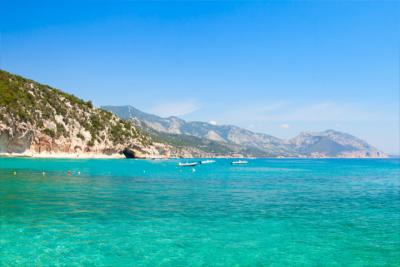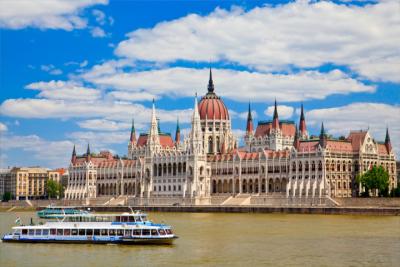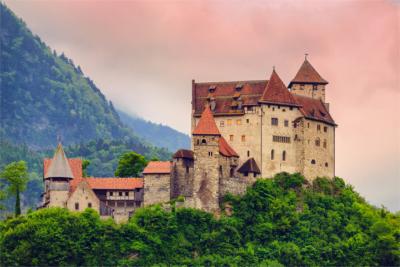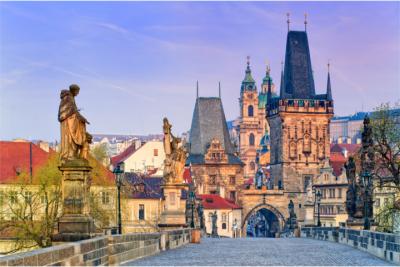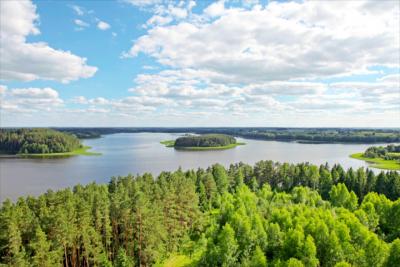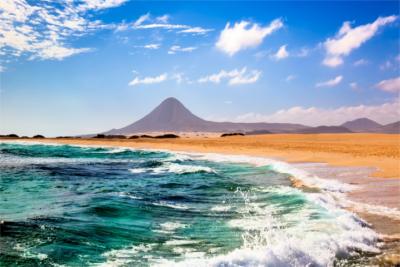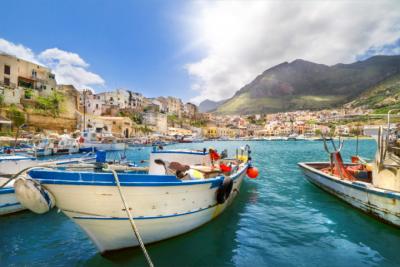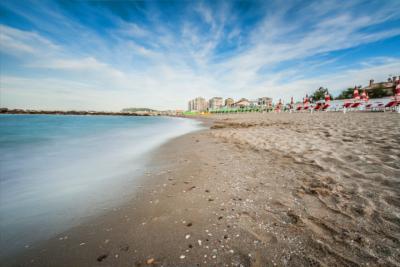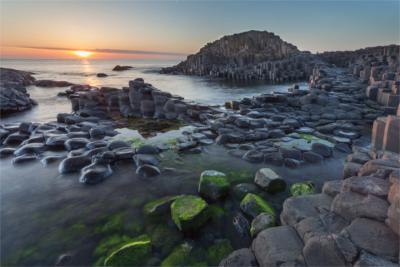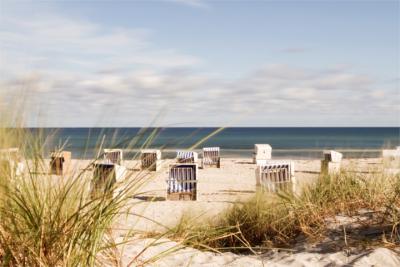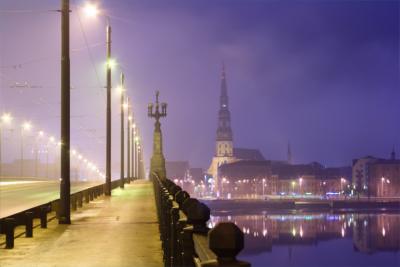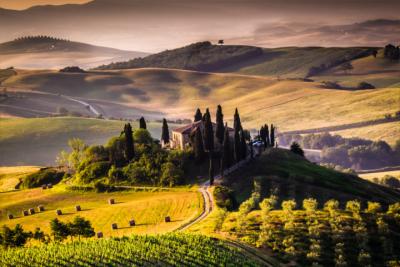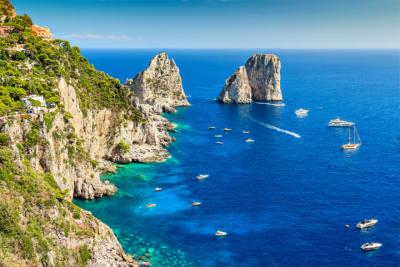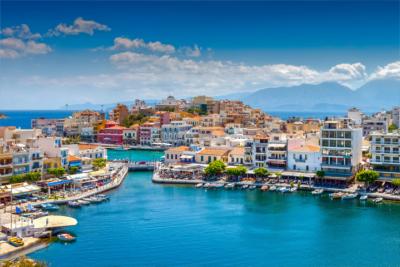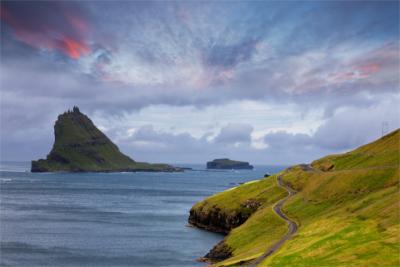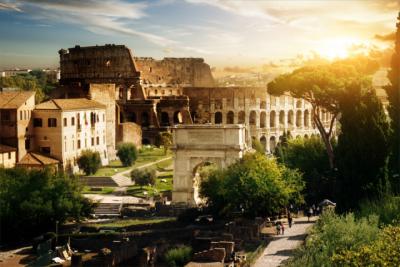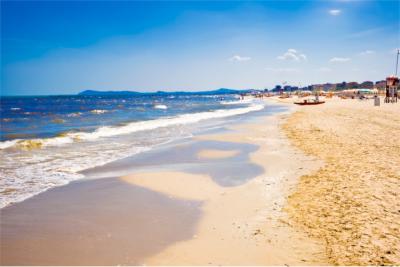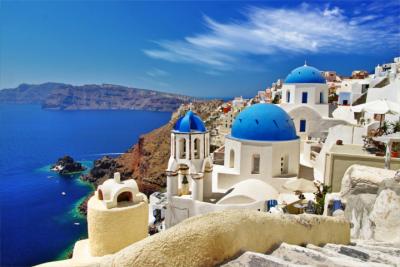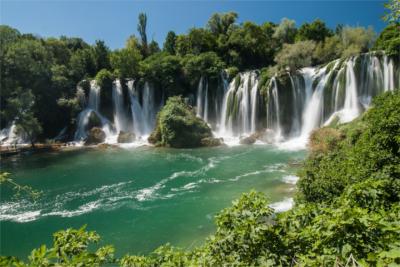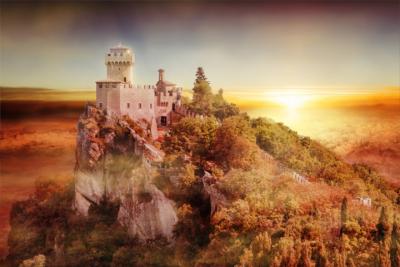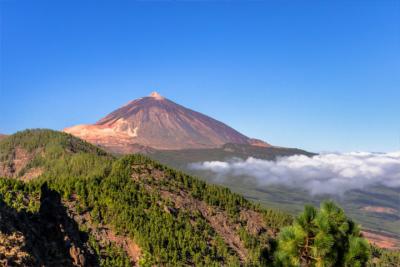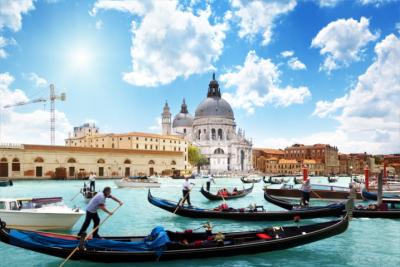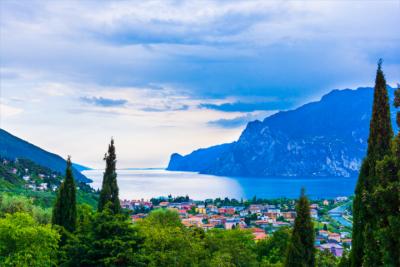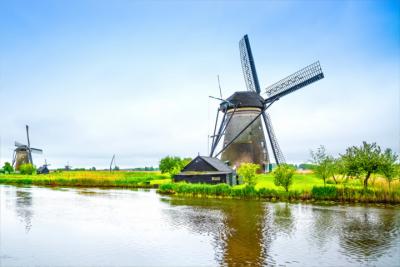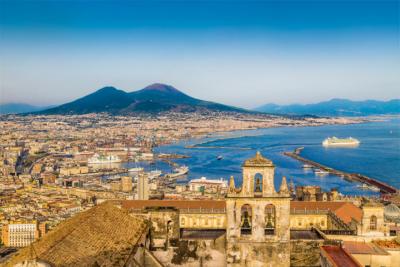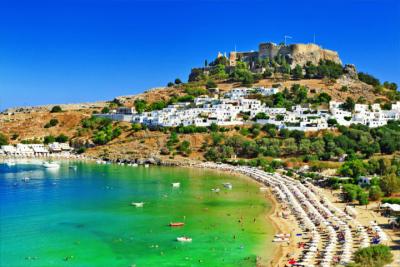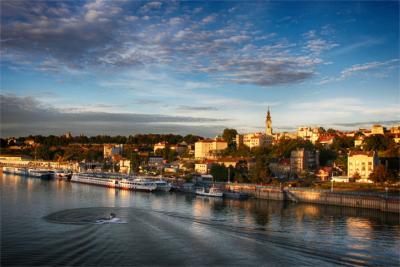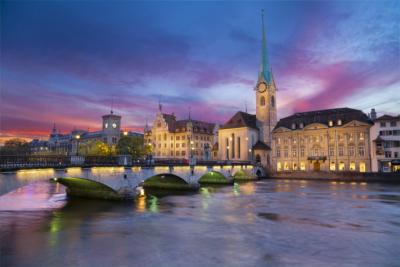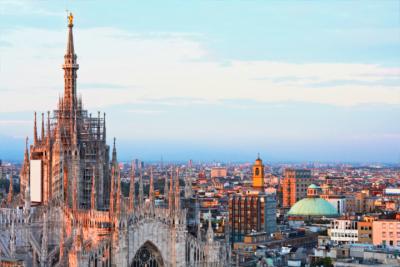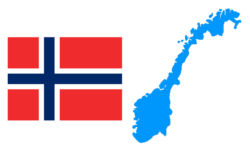Travel Offers
Travelmyne Featureprint
Distance
Norway - The Scandinavian Land of the Fjords
Cliffs rise up almost vertically for hundreds of metres. The water between the rocks glistens in all shades of blue and forms a great contrast to the white peaks of the mountains. While Norway presents lush nature in summer, it is covered in smooth snow masses in winter.
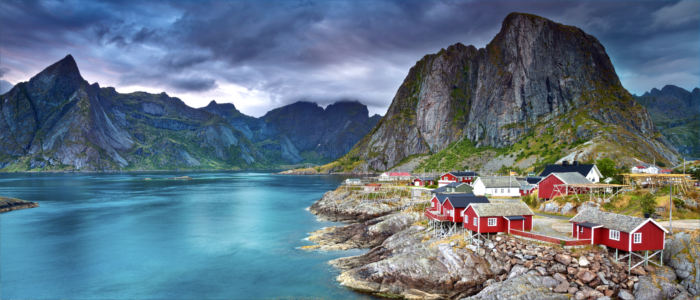
Geography - Scandinavia's west coast
The North European state Norway is part of the Scandinavian Peninsula and borders on Sweden in the east and Finland in the north-east. In the far north you reach the state territory of Russia. In the south of Norway you find the North Sea and offshore Denmark. The Atlantic coast in the west is over 25,000 kilometres long. Norway is divided into 17 administrative counties, the "Fylkern". These are grouped into five greater regions. The smallest county is the capital Oslo. Together with Bergen, Trondheim and Stavanger, Oslo constitutes the group of the country's biggest cities. Politically speaking, the island group Svalbard in the north and the Jan Mayen Island also belong to Norway. The North Atlantic's warm water creates a relatively mild climate in the country - despite its northern position. The summers in Norway are short but very pleasant with temperatures of up to 25 °C. This is also true of the southern regions. Lapland's far north is dominated by considerably harsher temperatures.
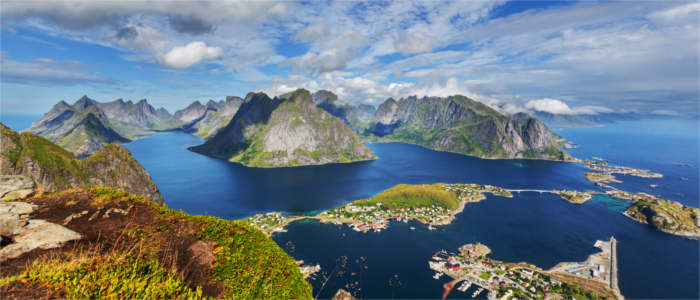
Nature - Fjords, lakes and musk oxen
Norway offers a wide range of landscapes. The best-known formations are of course the fjords. They are the country's main tourist attraction and part of the World Natural Heritage of the UNESCO. The west Norwegian fjords and the Geirangerfjorden are particularly popular with visitors. The fjords contain countless bays in all sizes and are home to numerous species of birds. In addition, there are over 150,000 islands and island groups such as Lofoten and Vesterålen. The Scandinavian Mountains and the high peaks (fells), the impressive taiga or the moor, lake and river landscapes are characteristic of Norway. Lake Mjøsa is the country's greatest inland lake with a size of 365 km². Norway's rivers are very rich in fish. Over 25 peaks are over 2,300 metres high with the Galdhøppigen (2,469 m) in the Jotunheimen range as the greatest example. About a quarter of the country's area is covered in broadleaf and conifer forests, which are vegetated by ferns and wild flowers. The locals enjoy the aromatic sweet woodruff and the delicious wild garlic every year. Besides Arctic hares, the wolverine, the Norwegian Forest cat and the reindeer, the impressive musk ox lives in the wild in Norway.
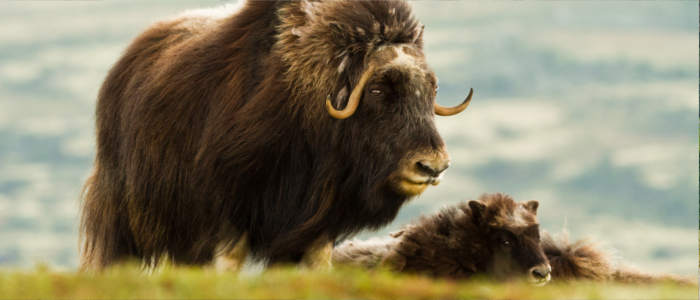
Natural sights - Troll's tongue and Kjeragbolten
A trip to the country's most beautiful fjords is a must on everyone's tour of Norway. A suitable starting point is the historical city of Bergen. Visitors do not only experience the beauty of the fjords here but also go past magnificent waterfalls and impressive glaciers like the Jostedalsbreen. Another popular destination is the Trolltunga, the "troll's tounge". This rock projects from the cliff and is a popular photo scene. Only the bravest holidaymakers dare to stand on the Kjeragbolten. The name of this rock is as extraordinary as its position as it is wedged between two gigantic rocks. In summer, the bird rock in the region Ålesund is worth a visit. Several hundreds of thousands of the funny Atlantic puffins spend the warm season here. The snowy peaks in Telemark are also worthwhile destinations in summer and people who travel into the far north of Lapland may be able to see the impressive northern lights.
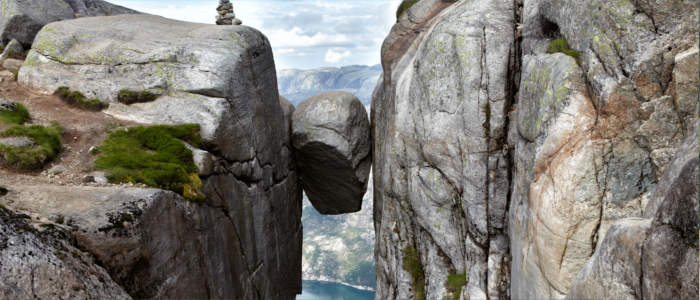
Culture - The Heritage of the Vikings
The present-day territory of Norway was settled by people as early as 8,000 years BC. The rock paintings in Alta bear witness to the time of the hunters and gatherers. From 800 to 1050 the Vikings ruled the region and discovered many other parts of the world from there. Even America is on their list of discoveries. Many artefacts and buildings from these eventful years have been preserved to the present day. In 1397 Norway became part of the Kalmar Union. Today, the country is a hereditary constitutional monarchy. At the moment it is reigned by Harald V of Norway. Like all Scandinavian nations, the Norwegians live in close touch with nature. Furthermore, they maintain their traditions and customs and pass on their knowledge to the youngest generations. Although the Norwegians value privacy, they are very friendly and open towards visitors.
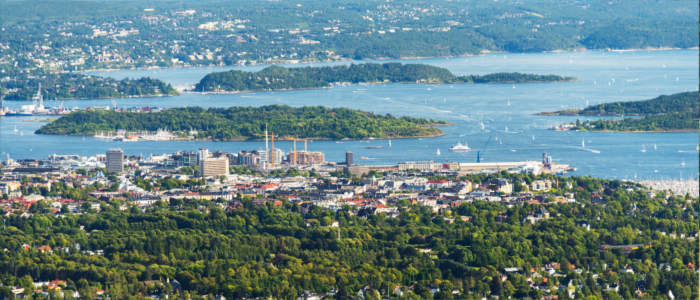
Cultural sights - Edvard Munch, stave churches and the Gateway to the Arctic
Oslo was founded in 1050 and is the oldest capital and big city in Scandinavia. Today it accommodates a real treasure of museums, parks and sights. Visitors can see one of the legendary Viking ships at close range on the Bygdoy Peninsula. The Munch Museum exhibits numerous works of the country's greatest painter Edvard Munch. Other worthwhile locations in the capital are the National Theatre, Akershus Fortress - which was built in 1300 - and the Vigeland Park as a place for resting, walking and relaxing. The UNESCO also fell for Norway's charm and declared six of its cultural accomplishments World Heritage sites. Among them you find the Vega Archipelago, the rock paintings of Alta, which are up to 6500 years old, the seaport town Bryggen and the impressive Urnes Stave Church. You see these magnificent wooden churches in many Norwegian towns. One last highlight needs to be mentioned: the small town Tromsø, which is called the "Gateway to the Arctic" and has produced its very own kind of people. No other Norwegian town has this many bars and pubs and such a small number of inhabitants.
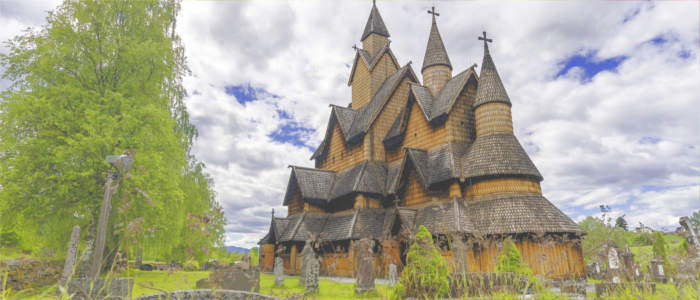
Experience - Salmon dish and reindeer skin
The Norwegians still eat a lot of fish and natural products. Salmon is prepared in various ways - smoked, fried or raw - and is especially popular. To it people have the flat bread lefse and a glass of akvavit (a herbal spirit). Other common dishes are marinated herring (sild) or Pinnekjøt - a cured lamb dish. Delicacies like smoked salmon and caviar are also some of the most popular souvenirs, along with woodwork, carvings and reindeer skins. Prices are very high in Norway and most souvenirs are sold in the Husfliden (a chain of shops which sell local handicraft). In general, Norway is not really a shopping paradise but travellers can stroll and shop in the street Karl Johans Gate in Oslo. There is a wide range of opportunities for evening and night-time entertainment. You find a colourful mix of pubs, clubs and live music all over the country. Particularly entertaining are the numerous musical and theatre performances as well as the colourful travesty shows.
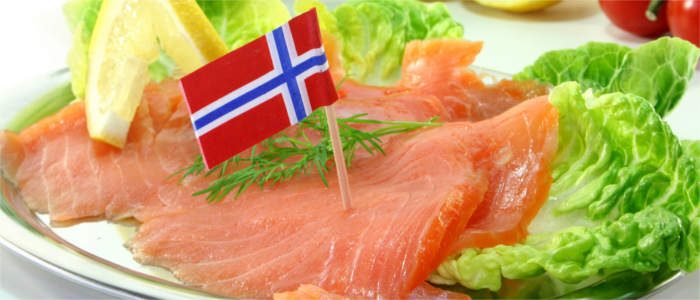
Activities - Sporting and leisure activities in nature
Norway is a country of nature - this is why most leisure activities take place outdoors. The summer months are short but they are excellently suited for bathing and family holidays at the seaside. Especially the region around Oslo is known for its warm water and beautiful beaches. The fishing harbour of Risor is the starting point for sailing tours and if you want to experience the wild water of the Saltstraumen, one of the highest tidal currents, you can go white water rafting. Even divers get their money's worth in the oceans and seas. There are numerous offers for both beginners and advanced sportspeople. Wreck diving in the south of Norway is reserved for professional divers. In the winter months, Norway turns into a winter wonderland. The skiing area Holmenkollen in the region Oslo fascinates with its well-developed pistes and the impressive large ski jumping hill. Hiking, climbing, mountaineering - all that and much more is possible in the Hardanger plateau (Hardangervidda), which has a size of 9000 km². Travellers who have seen the beautiful fjords from above can say that they have truly been to Norway.
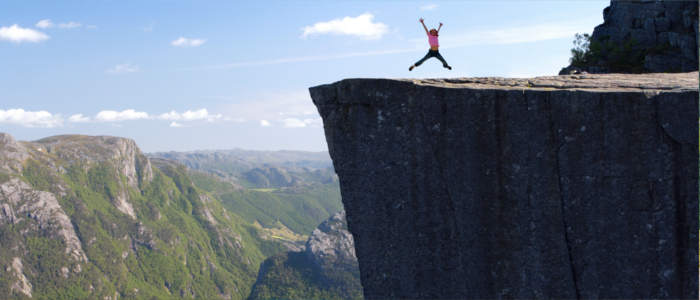
Information
The best time for travelling Norway is from May to September. Temperatures are mild and pleasant at that time. Norway can easily be reached by plane or ferry. When planning your journey, you should keep in mind that the country's currency is the Norwegian krone.
Norway's breathtaking fjords are among the most beautiful landscapes on earth. Lovers of nature will be filled with wonder. Especially families and active holidaymakers enjoy the wide range of activities the Northern country offers in summer.

